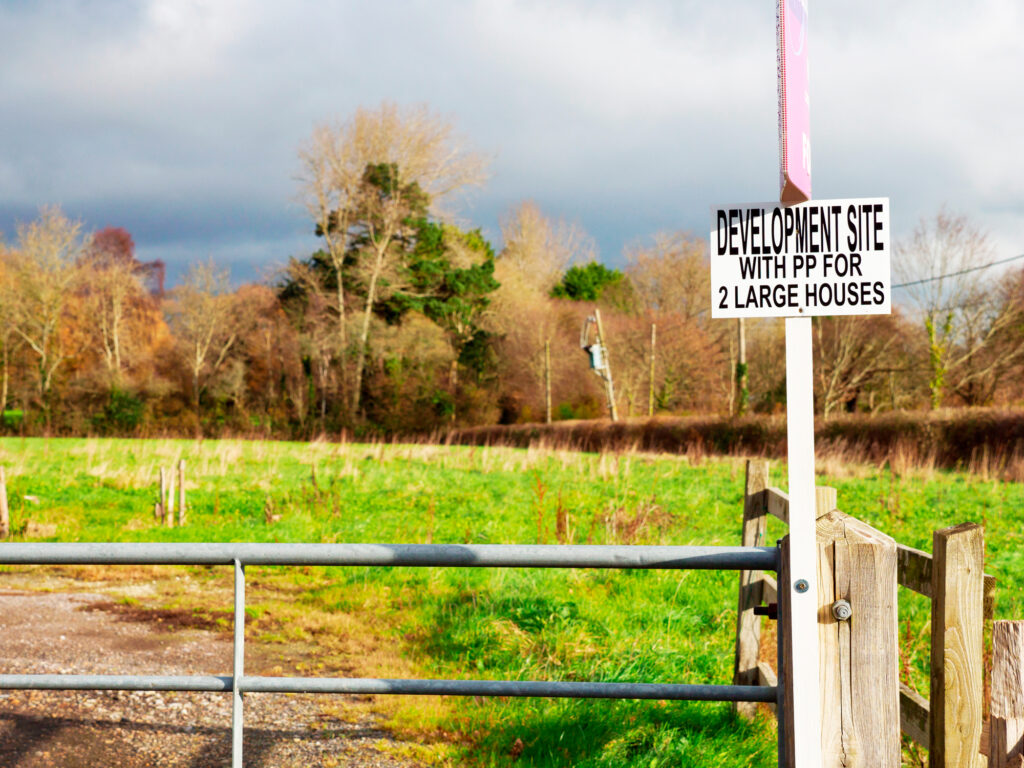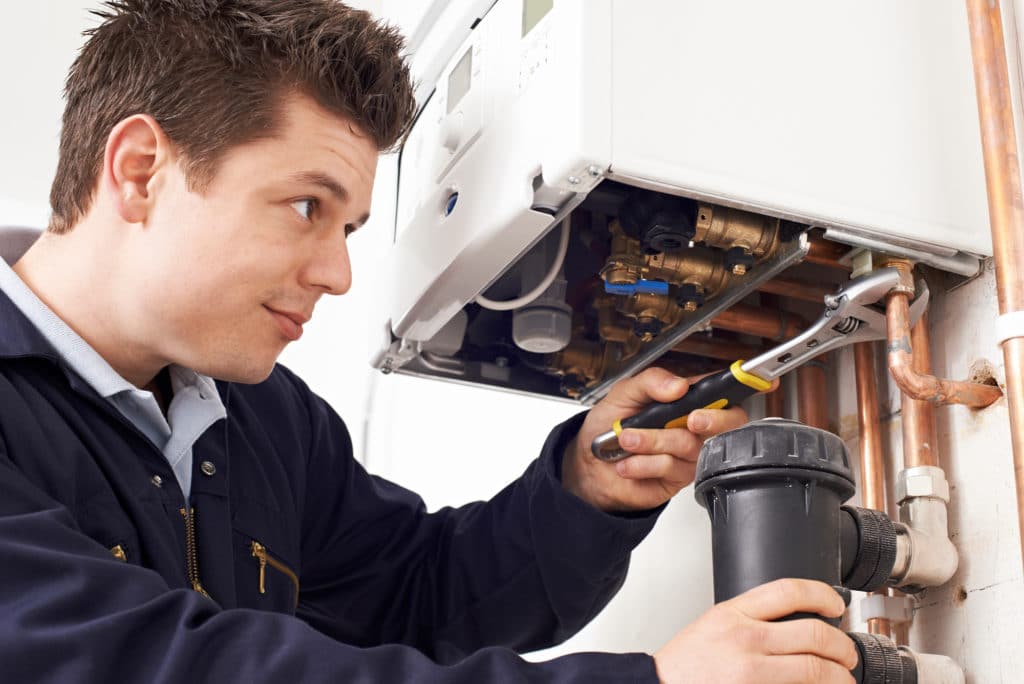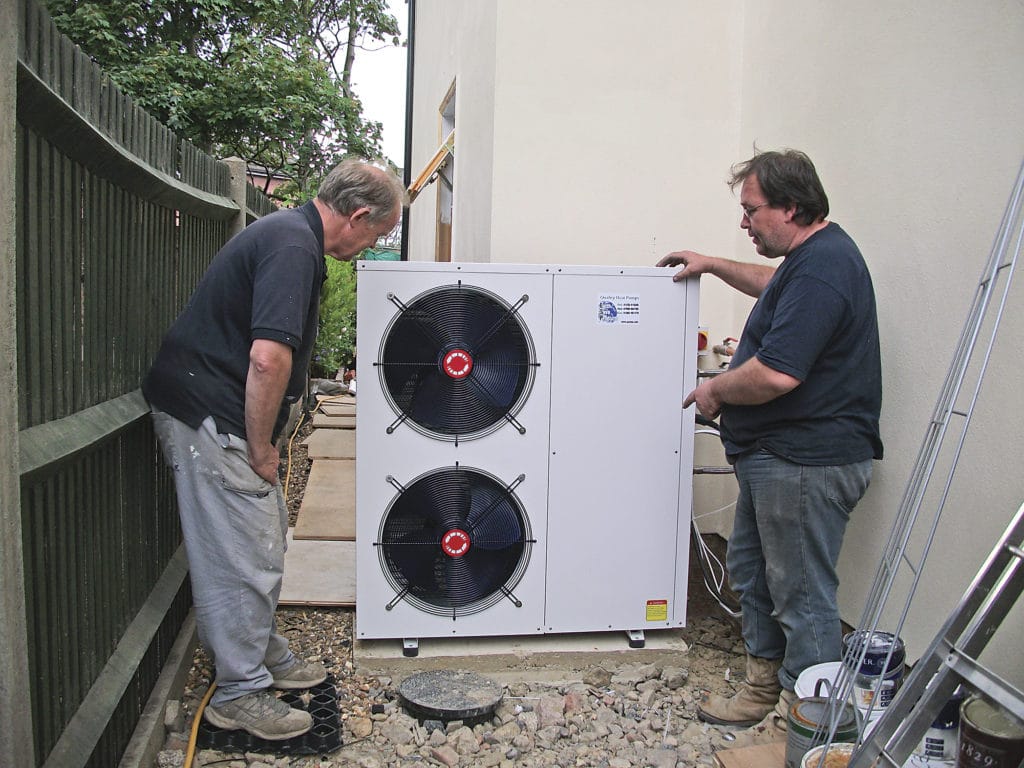
Use code BUILD for 20% off
Book here!
Use code BUILD for 20% off
Book here!When the Heating and Buildings Strategy was announced last week, there was a lot of chatter and a lot of cherry-picking. I’ve waded through the published document and in truth it’s a swamp of stuff that, ultimately, says very little.
I was hoping the Heat and Buildings Strategy would give us some sort of guidance and reassurance, so that companies could invest in training of staff, technicians and in upscaling manufacture of the technologies we need.
But as far as I’m concerned, we haven’t really been given any kind of confidence in anything – other than that heat pumps have a place of some kind in the future of home heating. But right now, I would not be encouraging anyone to make a leap in any direction whatsoever. Here’s why.
Lots of heat pump companies have, rightly, been optimistic about the Heat and Buildings Strategy. The major announcement is a £5,000 grant for installing an air source heat pump (and £6,000 for ground source) via the Boiler Upgrade Scheme. But it’s not as brilliant as it sounds: yes, it’s £5,000, but that’s not even half the cost of installing a heat pump!
The total Boiler Upgrade Scheme fund is £450m, which equates to 90,000 installs over its three-year lifespan (or 30,000 per year). Yet the PM has said he wants to see 600,000 heat pump installs per year from 2028 – so what’s happening to the rest? There’s nothing concrete about how they’re planning to upscale delivery.
If you’re planning a new efficient build or are planning a big renovation, and were thinking about a heat pump anyway, happy days. Take the £5,000 and install your heat pump – it’ll help with the initial outlay and, on smaller installations, you might be better off than on the Renewable Heat Incentive (which is due to be phased out).
ADVICE: Which Heating System is Best for My Self Build Home?
But realistically, I don’t think it’s enough to swing it for many projects. And there certainly isn’t enough funding here to reshape the future of heating.
The so-called boiler ban is now not being rolled out until 2035 at the earliest. And according to the Heat and Buildings Strategy, the possibility of replacing natural gas with clean hydrogen won’t be revisited before 2026 (unless the government changes its mind). So, as far as I’m concerned, nothing’s changed.
I don’t think gas is going away; after all, 80% of the country is on the gas grid. That’s close to 30 million homes. How are we going to switch them all to electricity-based systems like heat pumps? And where is all the excess power we would need going to come from? At the moment we’re still burning gas to make electricity.
In truth, the boiler ban has always been something of a myth. What the government’s really been planning is to implement a Future Homes Standard in such a way that, by 2025, the CO2 emissions cut-off would be too low for standard gas boilers to comply. So, today’s models would be effectively phased out of new housing.

Natural gas boilers could be phased out – but the government has shifted the goalposts on deadlines. CREDIT: iStockphoto.com/Highwaystarz-Photography
But if we can reach about 20% hydrogen in the gas grid, and maybe some extra green methane in the mix, then emissions will immediately come down. So, it’s not the boiler that’s the problem – it’s the fuel. If they clean the fuel, you’ll have a greener boiler that might meet the emissions requirements.
The gas grid is rapidly changing, with more and more deployment of hydrogen and the government planning large-scale pilot schemes. Hence why a decision on hydrogen has been pushed back to 2026 – and any ban won’t be implemented until “beyond 2035”.
The indication from the Heat and Buildings Strategy is there will be a mix of systems designed to achieve an overall picture of low-carbon home heating. Ultimately, heat pumps are going to become more prevalent in in everyday homes. But not every home is suitable for them. That’s the issue we’ve got.
As a self builder or renovator, you need to work out what is best for your project. Think about the basics, and make the house as efficient as feasible, then you’ve taken care of half the problem straight away.
READ MORE: Can an Old Home be Eco-Friendly?
I would rather people spend £10,000 on improving the fabric of the building than £10,000 on a heat pump. Keep the boiler and improve the fabric, rather than rush out and bang a heat pump onto it. Do not put the heat pump on unless it’s an appropriate building to put it on. And if in doubt, just leave it out.
Key Takeaways from the Heat and Buildings Strategy
|
I think there’s a number of things that are going to change going forward. We’re going to see a hydrogen strategy, for one.
We’ll likely see a different balance in cost between gas and electricity, too. Prices have shot up just before winter, but whether they come back down is anyone’s guess. But right now, gas is about 5p/kWh and electricity is at 21p/kWh – and you won’t narrow that gap with a heat pump.
Right now, there’s probably a lot of disillusioned heat pump owners out there, who switched to green tariffs with energy companies that have now gone bust, pushing them onto the default tariff. So people are maybe thinking: “why did I invest £10,000-£15,000 in green technology, only to now be on a default tariff that’s going to be far worse off than if I’d stayed on LPG or oil?”
Going forward, the costs might even out, with the Heat and Buildings Strategy suggesting a tax increase on gas. So, you could say to yourself that you’ll make your house as efficient as possible, and when the price balance between gas and electricity changes, maybe that’s the time to switch to a heat pump.
There is positivity in this. Something is being done; albeit not at the pace people might have wanted or expected. Carbon emissions are the forefront of the decisions that are going to be made. In a way, I would rather they put it off to properly analyse things rather than make the wrong decision now.
Over the next five years, we have the opportunity to really think about the fabric of our buildings and improve them as much as we can. We can also get the business sector up to speed so that engineers are fully equipped with the required and experience skills. This would give homeowners more confidence that there’s a team of people out there who really know what they’re doing.

Gill and Barry Deeks installed an air source heat pump to provide space heating for their self build project, alongside a separate Ecocent cylinder (which includes its own dedicated air source heat pump) for hot water
If we upscale in a bigger way, costs could come down without the need for incentives. And I do think incentives can skew things.
We need good housing, good installation and good information about the best things we can do with a building. The message for me in all of this is don’t prioritise the heat generator now: think about the heat load and lower the amount of energy you need in the first place.
No Place for VAT Cuts on Green ProductsOne option that many in the industry have pushed for is that the government could look at taking off VAT on insulation. This could be done in tandem with training people to be able to better design and install heat pump systems and the like. They could bring other things into a VAT cut, too – not only insulation and airtightness. What about water softeners and other products that actually improve systems? Or the annual service contract on your boiler? That could all be VAT-free. Perhaps the problem with a VAT reduction is we can’t put a number on it and say we’ve save X tonnes of carbon. The government probably won’t go down that route, as they’re making decisions based on headline data. |
Insulate, draughtproof, improve the fabric of the building, install better controls in every single room and make that heat load that you require as low as possible. And make these changes in line with low temperature emitters wherever you can, so that we can heat the home with low temperature heating systems. And it will be more compatible with heat pumps going forward.
So, while nothing has really changed with the Heat and Buildings Strategy, I also think that’s potentially a good thing. We’ve got a sort of roadmap of things the government thinks will happen next, and time to consider the real-world impact of things like switching to hydrogen.
Maybe they’ll also start to look at technologies we’re not really talking about yet that are currently being held back because they’re not part of the incentive mix. And of course, the timing of this, in advance of COP26, is certainly interesting.

